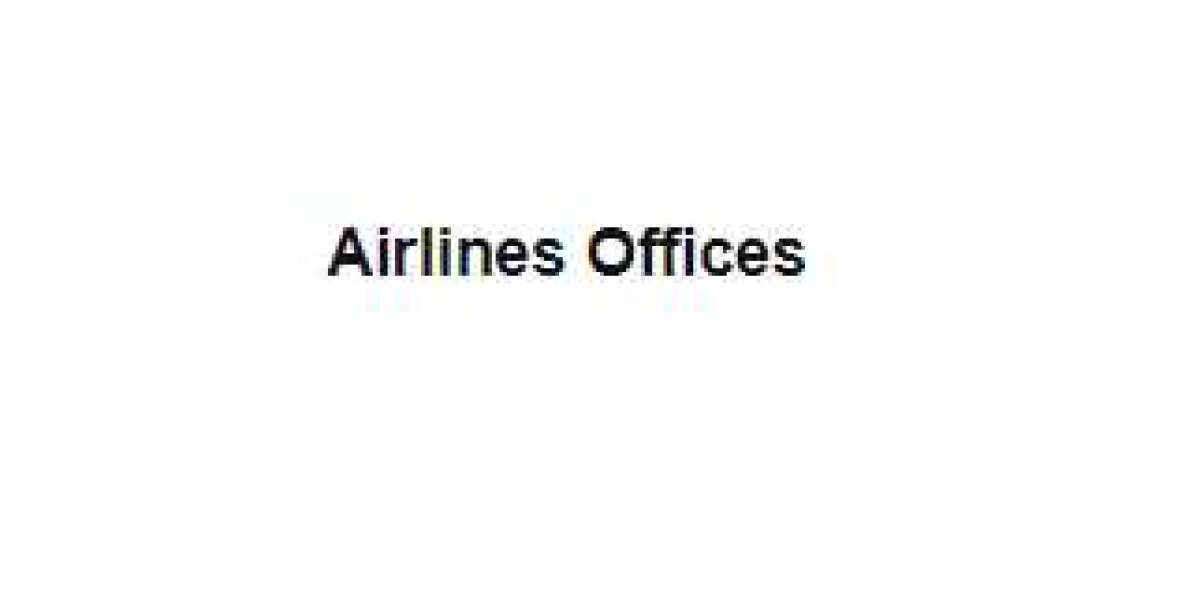Boron carbide, a compound of boron and carbon with the chemical formula B4C, has emerged as a remarkable material with diverse applications and promising market potential. Often referred to as the third hardest material after diamond and cubic boron nitride, boron carbide possesses exceptional properties that make it a sought-after choice in various industries. This article delves into the market analysis of boron carbide, exploring its current applications, market trends, and the potential it holds for future growth.
Boron carbide's journey in the industrial landscape dates back several decades. Initially discovered in the 19th century, it gained significant attention during the mid-20th century for its outstanding hardness and wear resistance. Over time, research and development efforts have expanded its applications beyond traditional uses, such as abrasive materials and ceramics, to more advanced and cutting-edge technologies.
Boron carbide's exceptional hardness makes it an ideal material for abrasive applications. It is widely used in the production of abrasive powders and compounds for tasks like grinding, lapping, and polishing. Its hardness and wear resistance contribute to the longevity and efficiency of abrasive tools.
The compound's lightweight nature, coupled with its exceptional hardness, has found applications in the manufacturing of ceramic armor. Boron carbide is used in ballistic vests, vehicle armor, and other protective gear due to its ability to provide a high level of protection while maintaining a relatively low density.
Boron carbide's ability to absorb neutrons has led to its use in nuclear applications. It is employed in control rods and shielding materials for nuclear reactors. The compound's neutron-absorbing properties make it crucial for maintaining the safety and efficiency of nuclear power plants.
Boron carbide's wear resistance and hardness make it suitable for industrial nozzles, cutting tools, and wear-resistant components. Its durability in high-stress environments contributes to increased efficiency and reduced maintenance costs in various industrial processes.
Market Analysis:
According to Stratview Research, the global boron carbide market size is estimated to reach USD 534.3 million by 2028, growing at a CAGR of 4.71% during the forecast period of 2022-2028.The global boron carbide market has witnessed steady growth in recent years, driven by the compound's versatility and expanding applications. The market is segmented based on end-use industries such as abrasives, ceramics, defense, and nuclear power. The increasing demand for lightweight and high-performance materials in these sectors has fueled the market's expansion.
The abrasives industry remains a significant driver for the boron carbide market. As manufacturing and construction activities continue to rise globally, the demand for high-quality abrasive materials is on the upswing. Boron carbide's role in precision grinding and polishing applications positions it as a key player in this market segment.
With ongoing geopolitical tensions and an increasing focus on defense preparedness, the demand for advanced ballistic armor has surged. Boron carbide's lightweight and high-hardness characteristics make it an attractive choice for military and law enforcement applications. As security concerns persist, the market for boron carbide in defense is expected to witness sustained growth.
The nuclear power sector is another key contributor to the boron carbide market. As countries seek cleaner and more sustainable energy sources, the expansion of nuclear power plants is anticipated. Boron carbide's role in enhancing nuclear safety measures positions it favorably in this market segment.
Future Trends:
Advancements in technology are likely to open new avenues for boron carbide applications. The material's unique combination of properties, including high hardness, thermal stability, and neutron absorption, makes it well-suited for emerging technologies such as advanced electronics, quantum computing, and space exploration.
The growing interest in boron carbide is expected to spur increased research and development activities. Scientists and engineers are likely to explore novel applications and manufacturing techniques, further expanding the material's potential uses and improving its cost-effectiveness.
As sustainability becomes a focal point for industries worldwide, materials like boron carbide, with their potential for enhancing energy efficiency and reducing environmental impact, may gain increased attention. Manufacturers and end-users may prioritize materials that contribute to eco-friendly practices, thereby driving the demand for boron carbide in various applications.
The boron carbide market is influenced by global supply chain dynamics. Factors such as the availability of raw materials, geopolitical considerations, and trade policies can impact the market's growth. Market participants will need to adapt to changing conditions and explore opportunities for collaboration and diversification.
Conclusion:
Boron carbide, often dubbed a "diamond in the rough," has proven its mettle in various industrial applications. With a history rooted in abrasives and ceramics, the compound has evolved to become a critical component in defense, nuclear, and emerging technologies. The market analysis suggests a positive trajectory, driven by the compound's unique properties and the increasing demand for high-performance materials. As research and development efforts continue to unfold, boron carbide is poised to play an even more significant role in shaping the future of diverse industries, cementing its status as a valuable and versatile material in the global market.



